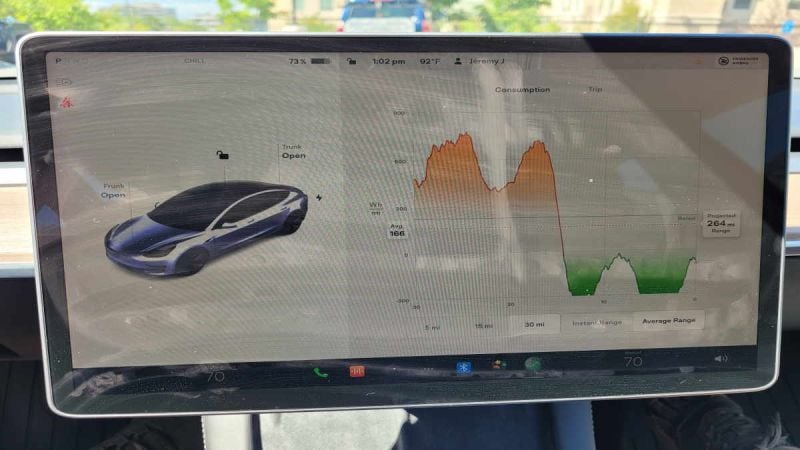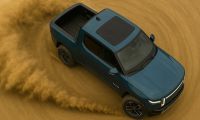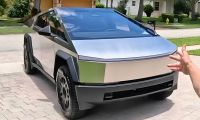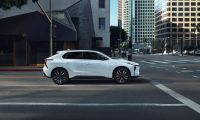My Tesla Recharged Itself While Driving
I have a Tesla Model 3 RWD that I got just over two weeks ago. Something interesting happened during that time one day while I went up to a hike in the mountains. My car charged 6% of its battery during my drive back down the mountain.
Tesla's have a very genius feature called regenerative braking. What this means is that when your foot is not on the accelerator in a Tesla, the car will slow down and put back the energy that dissipates into the battery. Essentially, the kinetic energy of the vehicle is converted into energy and stored in the battery.
The electric motor makes this possible by having it function as an electric generator. Tesla's regenerative braking is so powerful that if you time it right, you should hardly ever have to use your brakes to stop your car.
Two situations will cause regenerative braking: Pressing the brake pedal and releasing the accelerator pedal, such as when the vehicle is coasting down a hill or when you are exiting the freeway at a high speed and simply let your foot off of the accelerator. Each of these situations creates electricity to charge the battery.
The Power of Regenerative Braking Over Gas Cars
Looking at the above image, you can see that on my trip down the mountain, I was getting at least 300 Wh/mile being put back into the vehicle to charge. I went from 67% to 73% during this downhill drive. 6% of my battery was recovered. Going up the hill to the mountain took a tremendous amount of energy as well.
The advantage of this over a gas car is staggering. Imagine driving a gas car up a hill. As you drive up, it takes a lot more gas to get up the hill, just like it takes a lot more of the battery to get up the hill.
When it comes time to drive back down the hill, two things are superior for the EV that uses regenerative braking. The first is that the EV will not use the brakes while going down hill, saving on brake wear and tear. The gas car will, causing wear and tear.
The second is that the EV will make heavy use of regenerative braking while going down the hill. My Tesla Model 3 RWD got 6% of its battery back on my downhill drive of about 12 miles. The gas car going down hill will have to continually use its brakes to slow down and there will be no extra gas added to the car. It will simply consume energy - albeit much less while going down hill.
This is the power of regenerative braking. When used properly and properly timed, I can get over 300 miles of range on my Tesla Model 3 RWD. It simply is a matter of timing and forward thinking, especially when getting off the freeway, going down hill, or approaching a red light or stop sign. It's similar to hypermile driving in a gas car.
What do you think of Tesla's regenerative braking? Is this superior to a gas car?
Leave your comments below, share the article with friends and tweet it out to your followers.
Jeremy Johnson is a Tesla investor and supporter. He first invested in Tesla in 2017 after years of following Elon Musk and admiring his work ethic and intelligence. Since then, he's become a Tesla bull, covering anything about Tesla he can find, while also dabbling in other electric vehicle companies. Jeremy covers Tesla developments at Torque News. You can follow him on Twitter or LinkedIn to stay in touch and follow his Tesla news coverage on Torque News.












Comments
My Priuses (Priii?) have done
Permalink
My Priuses (Priii?) have done this with regerative braking for well over 10 years now.